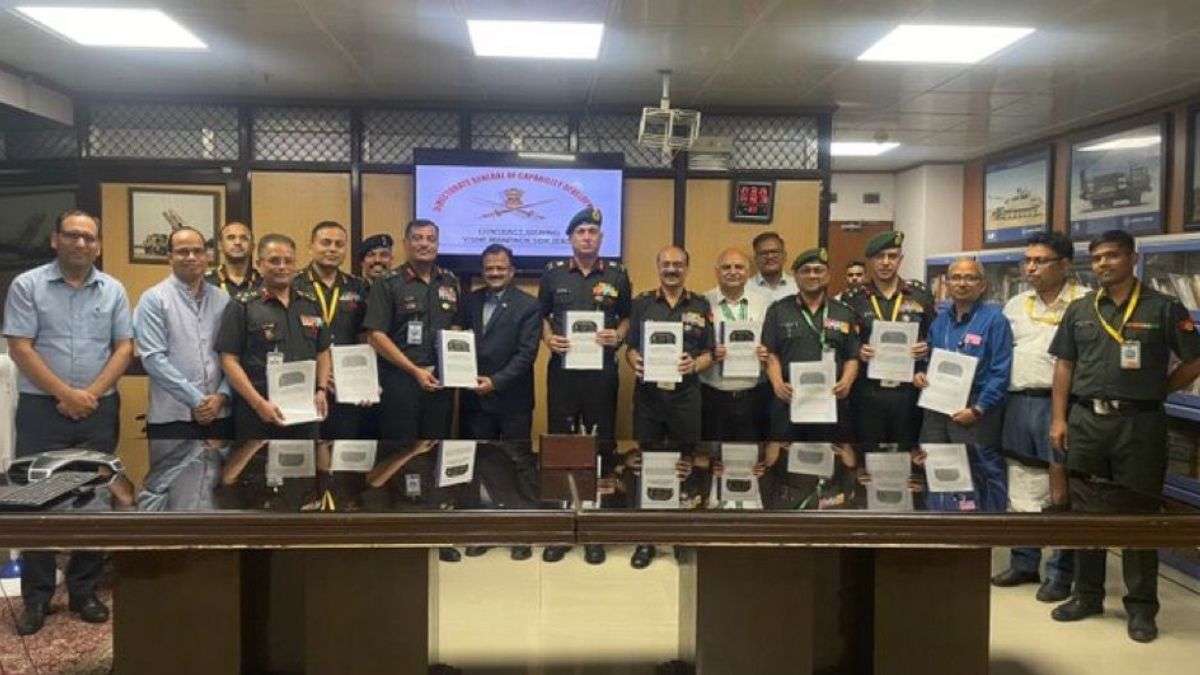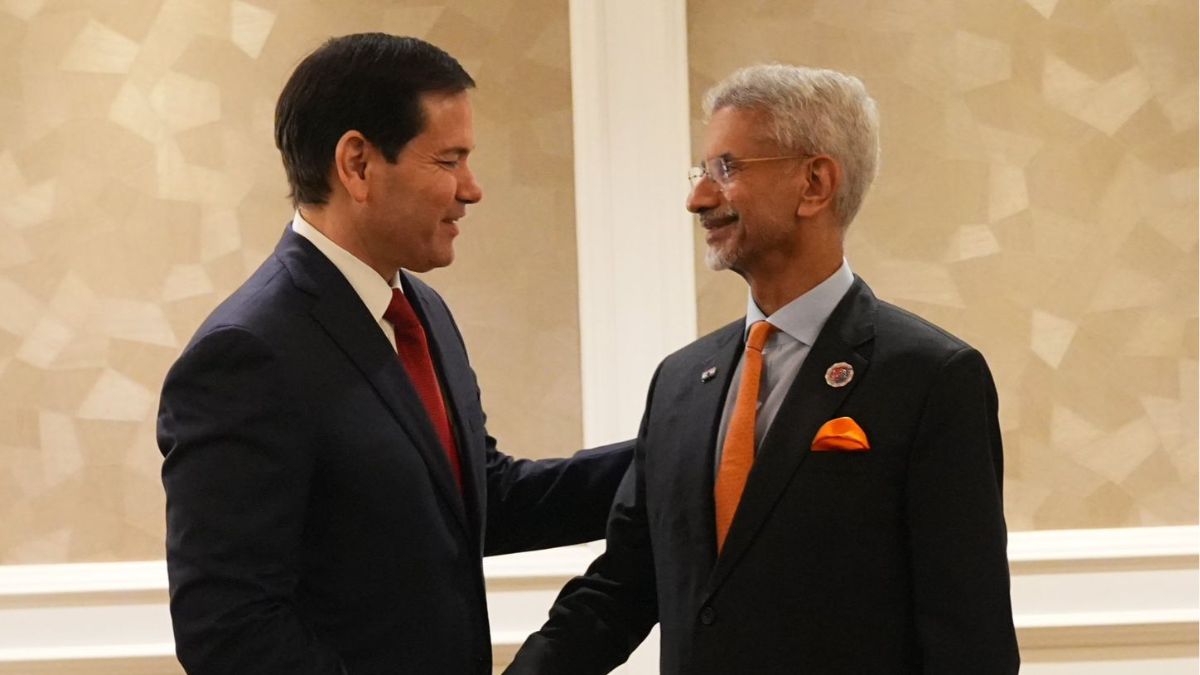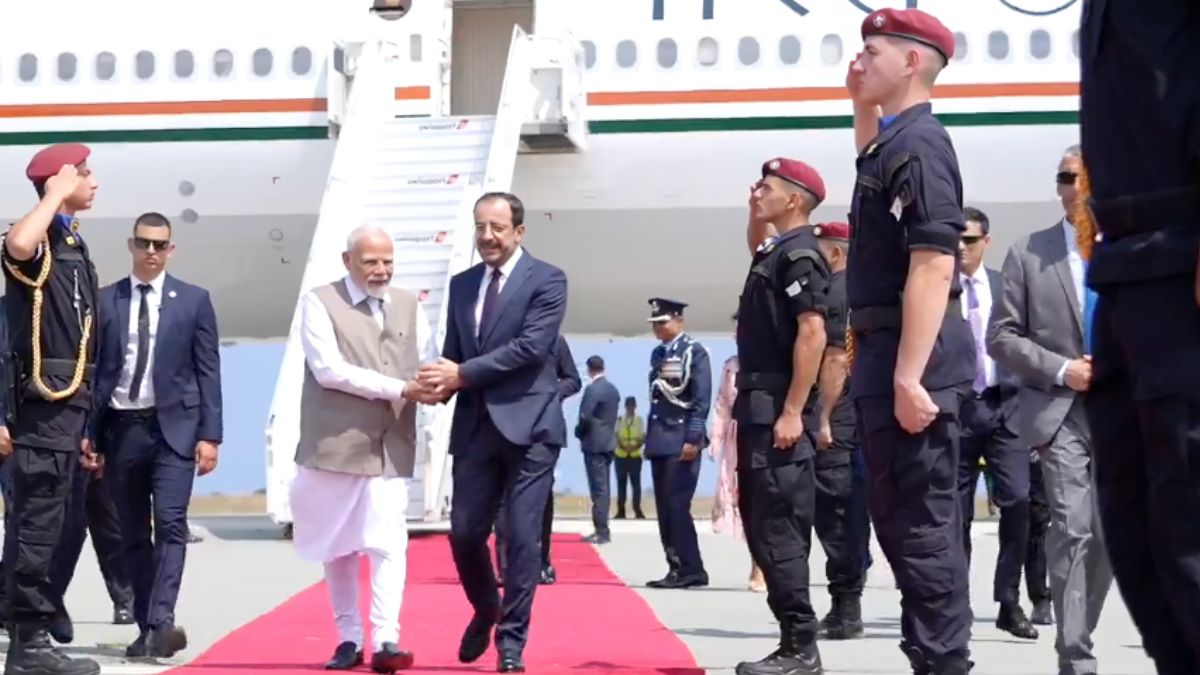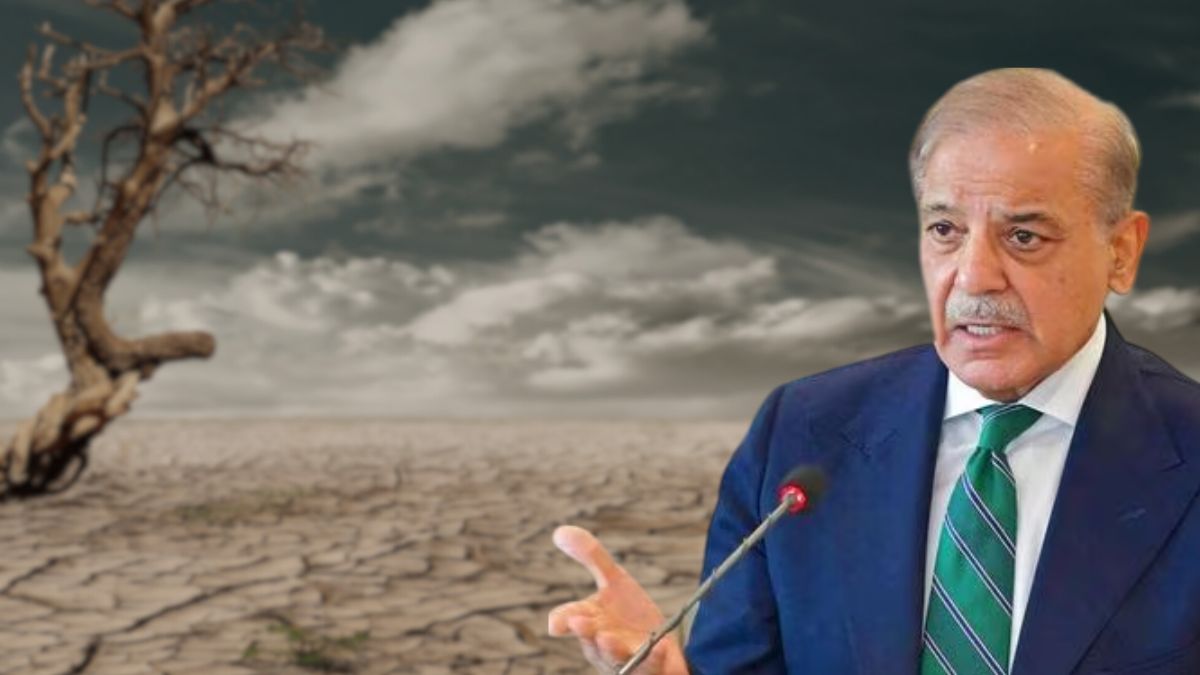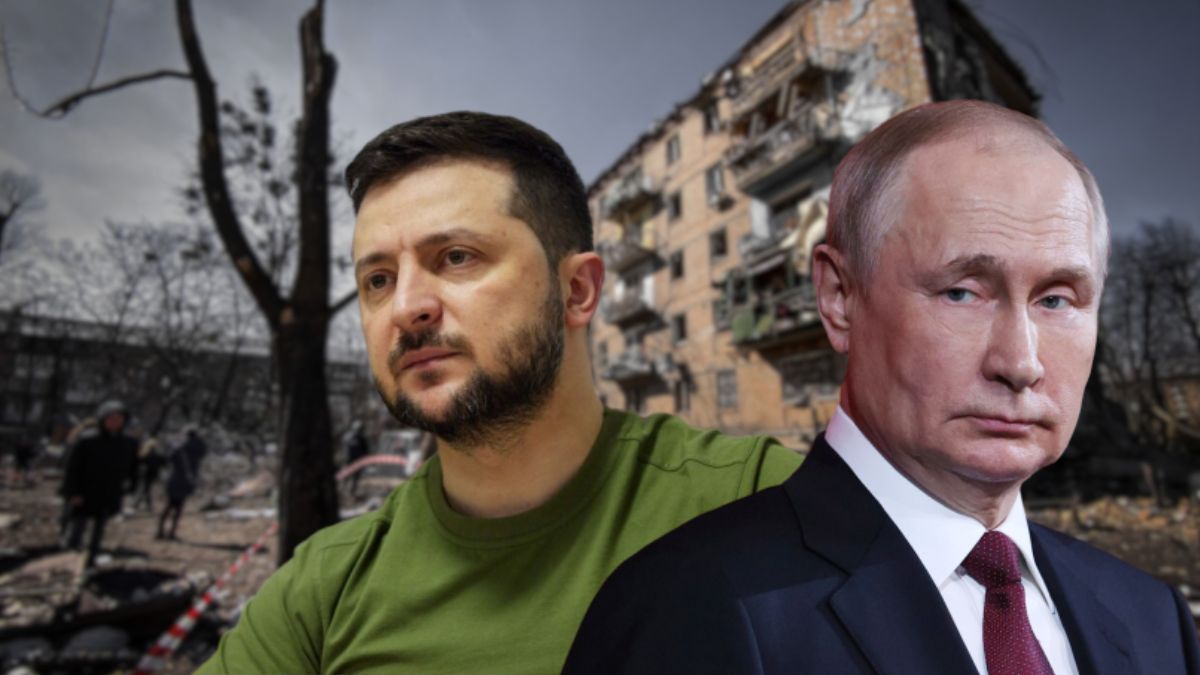How Pakistan’s Makran Coast Became A Maritime Superhighway For Drugs

The Makran Coast endures as a busy drug smuggling route in Pakistan's backyard. Image courtesy: Pixabay
From the fishing town of Jiwani to the ports of Gwadar, Ormara and Pasni, Pakistan’s Makran coast traces a thin grey line along the Arabian Sea. At dusk, wooden dhows push off its beaches, fanning into the Gulf of Oman and beyond. Their routes appear unremarkable on a map — short runs by skiffs to larger dhows, then long legs toward Muscat or East Africa. But each rib of this network is a drug lane. Every lane carries heroin, hashish and increasingly, crystal meth.
Is Pakistan’s backyard a conveyor belt for narcotics?
For over a decade, the Makran coastline has served as a maritime conveyor belt for Afghan opiates and synthetic drugs. The UN Office on Drugs and Crime (UNODC) identifies this as the “southern route,” with dhows launching from Pakistan and Iran’s coasts, transferring cargoes at sea or landing them along the Gulf rim. The method is simple: fast skiffs from secluded coves rendezvous with larger dhows outside territorial waters, which then sail on under the cover of “fishing” traffic.
The Combined Maritime Forces (CMF) — a 46-nation coalition that patrols these waters — regularly intercepts stateless dhows laden with narcotics. In April 2024, the Royal Navy frigate HMS Lancaster seized nearly two tonnes of drugs in one day, including 390 kilograms of meth and 110 kilograms of heroin. Around Christmas 2023, US and allied vessels recorded several similar hauls. These are not anomalies but evidence of a steady, industrial-scale trade.
Why does the Makran route endure?
The route remains highly profitable. In October 2025, a Saudi-led CMF task force reported that Pakistan Navy ship Yamama seized 155 kilograms of methamphetamine and 65 kilograms of cocaine — a haul valued at more than $120 million. Around the same time, US Central Command credited Pakistan Navy operations with stopping nearly $1 billion worth of narcotics at sea.
Geography and governance explain why Makran endures as a hub. The coast is vast, sparsely policed and dotted with informal jetties. Dhows blend easily with legitimate fishing boats, while stateless vessels are difficult to trace. Reports from the UN and the US have long identified Pakistan’s and Iran’s Makran belts as primary maritime vectors for Afghan drugs, now augmented by regionally made methamphetamine.
The cargo itself has changed. A decade ago, heroin dominated. Today, meth often travels alongside hashish and smaller heroin consignments. CMF logs regularly list mixed loads — proof of networks adapting to demand. Meth’s rise is particularly significant: it can be produced closer to the coast, yields higher profits, and is easier to conceal, making it ideal for small boats.
Skiffs still sprint from beaches near Gwadar or Pasni to meet dhows beyond the horizon. Some consignments head for Omani waters, others deeper into the Gulf. Most interdictions occur where these lanes intersect — the Gulf of Oman and Arabian Sea choke points patrolled by CMF and the US 5th Fleet. When navies publish photos of brick-wrapped bundles with familiar markings, they are showing only a fraction of a much larger system.
What is Pakistan’s double game?
Islamabad insists it is a victim of trafficking and a partner in counter-narcotics efforts. Pakistani forces do make occasional large seizures and attend regional coordination meetings. Yet the pattern — launches from Pakistani beaches, dhows resupplying at Pakistani ports, crews with Pakistani links — points to deep complicity among local networks. Even Pakistan’s own maritime intelligence acknowledges skiffs from its coast feeding outbound dhows.
The implications go beyond policing. Drug money corrodes governance, fuels other smuggling trades and draws foreign criminal brokers into coastal communities. Fishing ports become logistics nodes for organised crime. Each successful run enriches the network of crews, fixers and officials who keep the system alive.
The Makran coast will never be empty of boats. But without real accountability, its harbours will remain the arteries of a narco-economy stretching from Afghanistan to the Arabian Sea.
